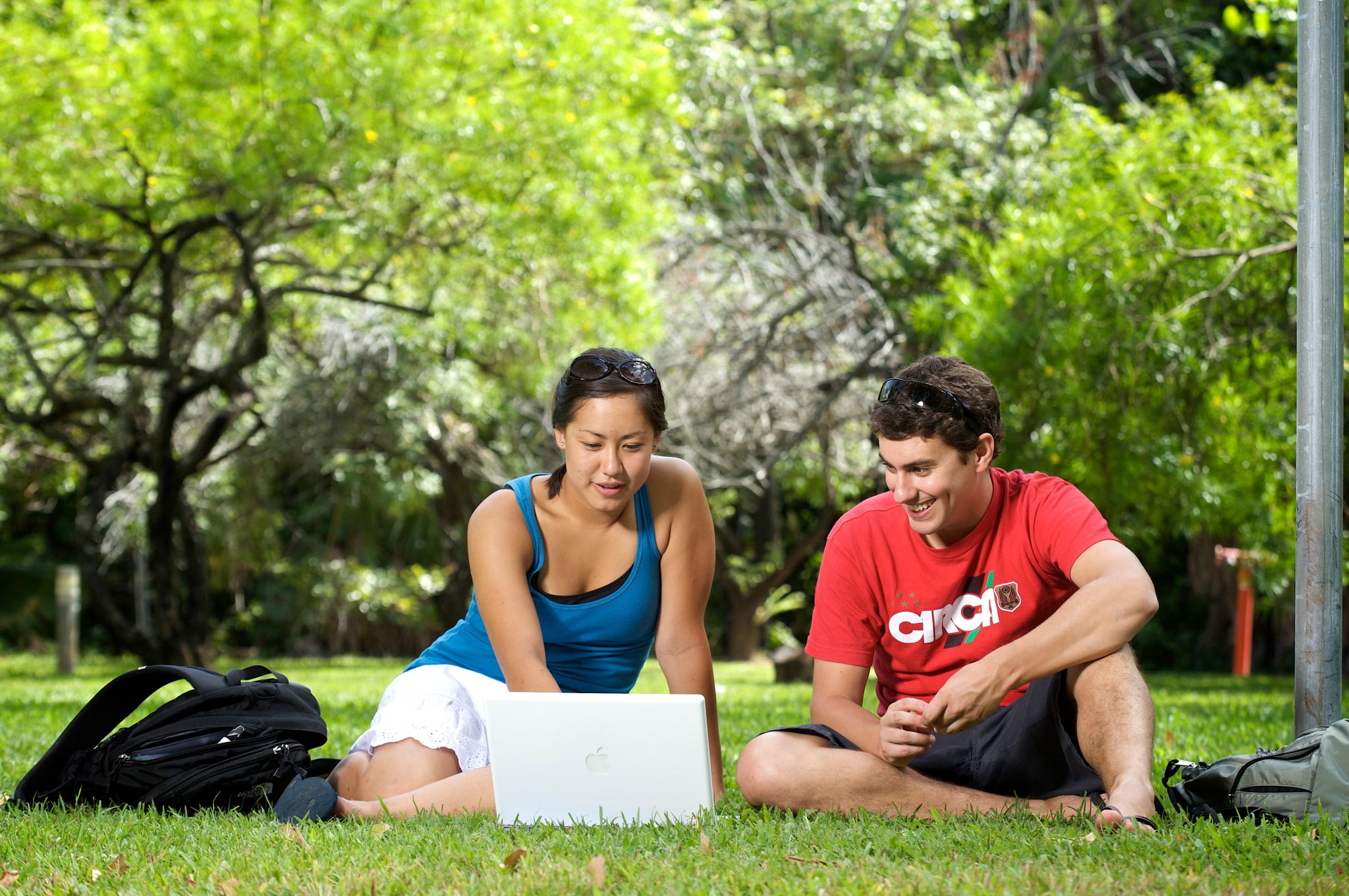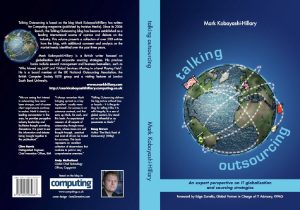Reading
Gemma Lynch

Introduction
In academic settings, we need to read critically and also need to read with an eye to distinguish fact from opinion and identify credible sources. This chapter will provide you with an understanding about the different ways of reading for university study, some reading strategies for you to try and information about different types of sources.
Ways of Reading
There are generally five ways of reading which include: 1) pre-reading, 2) skimming, 3) scanning, 4) detailed reading, and 5) critical reading.
Pre-reading

During the pre-reading stage, you can easily pick up on information from the cover and the front matter that may help you understand the material you’re reading. Look for:
- Author name and details
- Topics covered
- Headings and subheadings
- Bolded text or excerpts
- Key terms or words
- Abstract or summary
Use these features as you read to help you determine what are the most important ideas.
Skimming
Skimming is not just glancing over the words on a page or screen. Effective skimming allows you to take in the major points of a passage to determine the usefulness of the source. If the source is useful, you will then need to engage in a deeper level of active reading, but skimming is the first step—not an alternative to deep reading. Skimming is useful as it gives you a brief overview before reading in more detail and assists with comprehension. Instead of reading every word, skimming involves spending a brief amount of time per page, quickly looking at:
- the contents
- the headings and sub-headings
- the abstract or introductory paragraph
- the conclusion
- any diagrams or graphics you think are important
End your skimming session with writing a few notes or terms to look up, questions you still have, and an overall summary. Recognise that you likely will return to that book or article for a more thorough reading if the material is useful.
Scanning
Scanning involves reading a text with a specific purpose in mind. Rather than reading every section, scanning involves quickly looking for relevant information only. Use this technique when you are reading to find specific material or data related to an assignment topic, or to find answers for questions (e.g. for tutorial activities).
Watch this Video for more information on Skimming and Scanning:
Detailed reading
Detailed reading is when you focus on the written material, really looking to gather specific information or evidence on a topic. This type of reading will provide you with a more in-depth understanding of the specific information, facts, positions and views on a topic. In detailed reading you may be looking for new information or a different perspective. Is this writer claiming a radical new definition for the topic or an entirely opposite way to consider the subject matter, connecting it to other topics or disciplines in ways you have never considered? Also, try to consider all the possible perspectives of a subject as well as the potential for misunderstanding due to personal biases and the availability of false information about the topic.
Critical reading
Critical reading requires you to actively engage with the written material by questioning and evaluating the quality and relevance of the information for your task. This may include analysing the author’s strategies, methods and reasoning. Critical reading is a vital skill to develop to help you become a better analytical thinker and writer.
The following are some questions to consider when reading critically.
- What is the purpose of the text?
- What is the argument being developed?
- Is it logical?
- Is the text biased?
- Is there supporting evidence and how valid is it?
- Are there any underlying assumptions?
- Is there an alternative conclusion given?
When reading critically it is often useful to re-read the material, both for comprehension but also to get a deeper understanding. It is good to revisit texts after reading more, or after a few more lectures/tutorials and see how this text fits with what you now know. Does your evaluation change? Do you have a greater understanding? Does your position change on the topics present?
Allow Time for Reading

You should determine the reading requirements and expectations for every class early in the semester. You also need to understand why you are reading the particular text you are assigned. Do you need to read closely for minute details that determine cause and effect? Or is your lecturer asking you to skim several sources so you become more familiar with the topic? Knowing this reasoning will help you decide your timing, what notes to take, and how best to undertake the reading assignment. To avoid feeling overwhelmed, schedule reading time when creating your weekly study timetable to allow you to time read and review.
Conclusion
Reading is one of the most important skills you need for studying at university. The strategies that have been explored in this chapter will help you to get the most out of your reading time.
Key points
- Pre-reading helps you understand the context of what you are reading.
- Skimming helps you to determine the usefulness of the source.
- Scan to find specific information related to your assignment topic.
- Detailed reading helps you to gather evidence on your topic.
- Use critical reading to question and evaluate the relevance of the information in the source
- Identify if you are reading a primary or secondary source, and watch for biases.
- Schedule weekly reading time.

